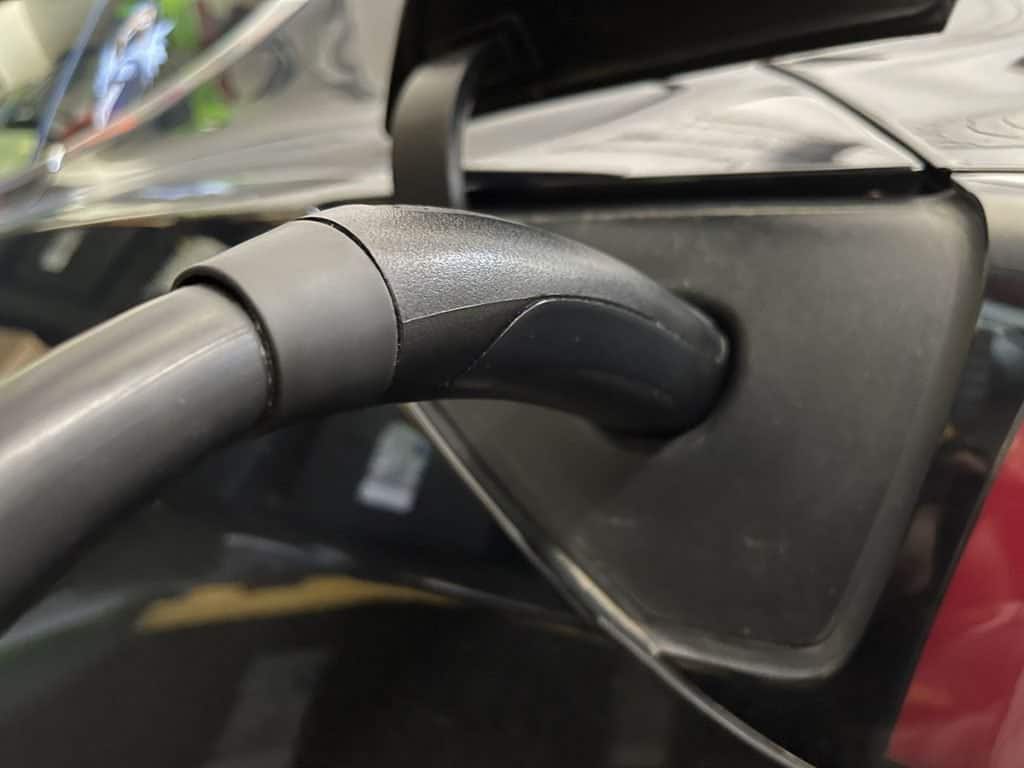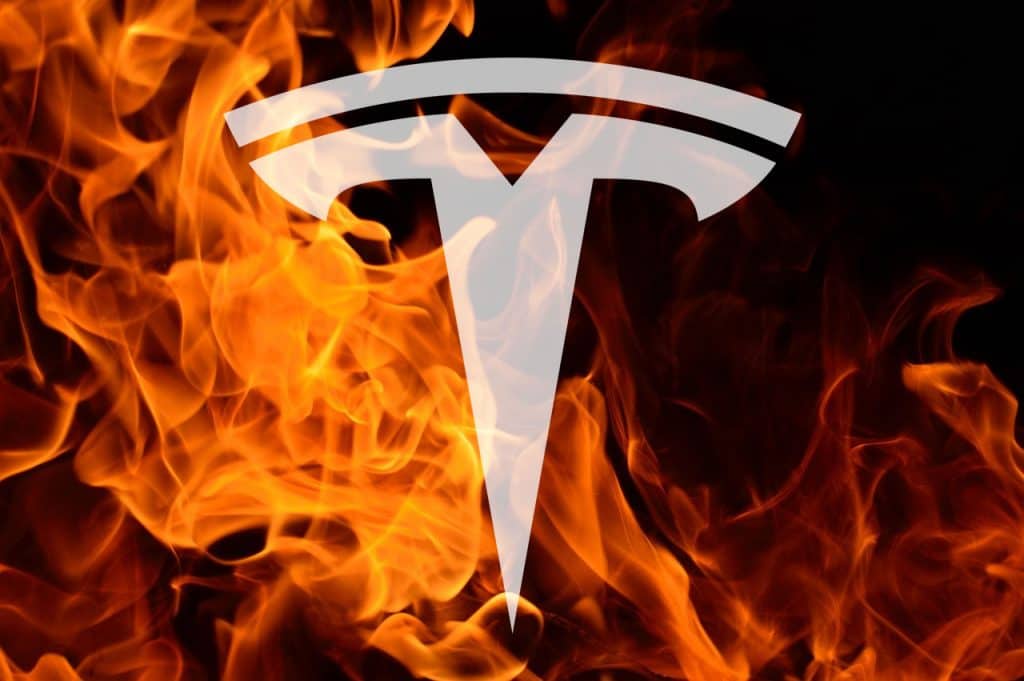Tesla Battery Technology: Improvements and Innovations
Tesla has been a pioneer in the field of electric cars, and its battery technology is one of the main reasons for its success. Tesla’s battery technology has gone through significant improvements and innovations over the years, which have made their electric cars more efficient, affordable, and accessible to a wider range of customers. This article will delve into the key improvements and innovations in Tesla’s battery technology, exploring how they have transformed the electric car industry. The Beginning of Tesla’s Battery Technology Tesla’s battery technology can be traced back to its first electric car, the Tesla Roadster, which was introduced in 2008. The Roadster was powered by a 53 kWh battery pack that consisted of over 6,800 individual lithium-ion battery cells. This battery pack provided a range of up to 245 miles on a single charge, making it the first electric car to offer a range comparable to a gas-powered vehicle. The battery technology used in the Roadster was relatively basic compared to today’s technology. However, it provided a solid foundation for Tesla to build upon and improve in the coming years. Innovations in Battery Chemistry One of the most significant improvements in Tesla’s battery technology has been in the chemistry of its batteries. Tesla has invested heavily in developing new battery chemistries that offer higher energy density, longer life, and faster charging times. One of Tesla’s latest battery innovations is the 4680 cell, which the company unveiled in September 2020. The 4680 cell is larger than previous Tesla battery cells, with a diameter of 46 mm and a length of 80 mm, hence the name. The larger size of the 4680 cell allows for greater energy density, which means that a smaller number of cells are required to achieve the same range. The 4680 cell is also designed to be more efficient than previous Tesla battery cells, with a new tabless design that eliminates the need for a metal tab to connect each cell. This tabless design reduces the resistance within the cell, which allows for faster charging times and better thermal management. Another recent innovation in Tesla’s battery chemistry is the use of a silicon anode. Silicon has a higher energy density than the graphite anodes traditionally used in lithium-ion batteries, which means that a battery with a silicon anode can hold more energy in the same size battery pack. However, silicon anodes are known to be less durable than graphite anodes, as they tend to swell and shrink during the charge and discharge cycles of the battery. Tesla has developed a new method of applying a coating to the silicon anode that reduces swelling and improves durability, while still maintaining the higher energy density. Improvements in Battery Manufacturing Tesla has also made significant improvements in the manufacturing of its batteries, which have allowed the company to produce batteries at a lower cost and with greater efficiency. One of the key improvements in battery manufacturing has been the development of a “Gigafactory” in Nevada, which is one of the largest battery factories in the world. The Gigafactory is designed to produce battery cells at a massive scale, with a goal of producing 100 GWh of batteries per year. The Gigafactory uses advanced automation and robotics to streamline the manufacturing process, reducing costs and increasing efficiency. Tesla has also developed new manufacturing processes that allow for the production of larger battery cells, such as the 4680 cell, at a faster rate. Another innovation in battery manufacturing is the use of a dry electrode coating process, which eliminates the need for solvents and reduces the amount of energy required to produce a battery. This dry electrode coating process has the potential to reduce battery production costs by up to 50%. Improvements in Battery Performance Tesla has also made significant improvements in the performance of its batteries, which have enabled its electric cars to travel farther and faster on a single charge. One of the key improvements in battery performance has been in the energy density of the batteries. Tesla has been able to increase the energy density of its batteries through the use of new battery chemistries, such as the silicon anode, and through improvements in battery manufacturing. This increased energy density has allowed Tesla to increase the range of its electric cars, with the latest Model S Long Range Plus having a range of up to 405 miles on a single charge. The increased energy density has also allowed Tesla to improve the acceleration and top speed of its electric cars, with the latest Model S Plaid being able to go from 0 to 60 mph in under 1.98 seconds and reaching a top speed of 200 mph. Another improvement in battery performance has been in the charging speed of Tesla’s electric cars. Tesla has developed a network of Superchargers that allow its electric cars to be charged quickly, with up to 200 kW of charging power available at some locations. This means that a Tesla can be charged up to 80% in as little as 40 minutes. Tesla has also developed a new charging standard, called the V3 Supercharger, which allows its electric cars to be charged even faster. The V3 Supercharger is capable of providing up to 250 kW of charging power, which means that a Tesla can be charged up to 75 miles of range in just 5 minutes. Innovations in Battery Recycling As the number of electric cars on the road increases, so does the need for battery recycling. Tesla has been working on developing a closed-loop battery recycling system that aims to reduce the environmental impact of its batteries. The closed-loop recycling system involves recycling old batteries to create new batteries, which reduces the need for new materials and minimizes waste. Tesla has developed a process that allows for the recovery of over 80% of the materials in a battery, including lithium, nickel, cobalt, and aluminum. Tesla has also developed a new battery pack design that allows for easier disassembly and recycling
Tesla Battery Technology: Improvements and Innovations Read More »










